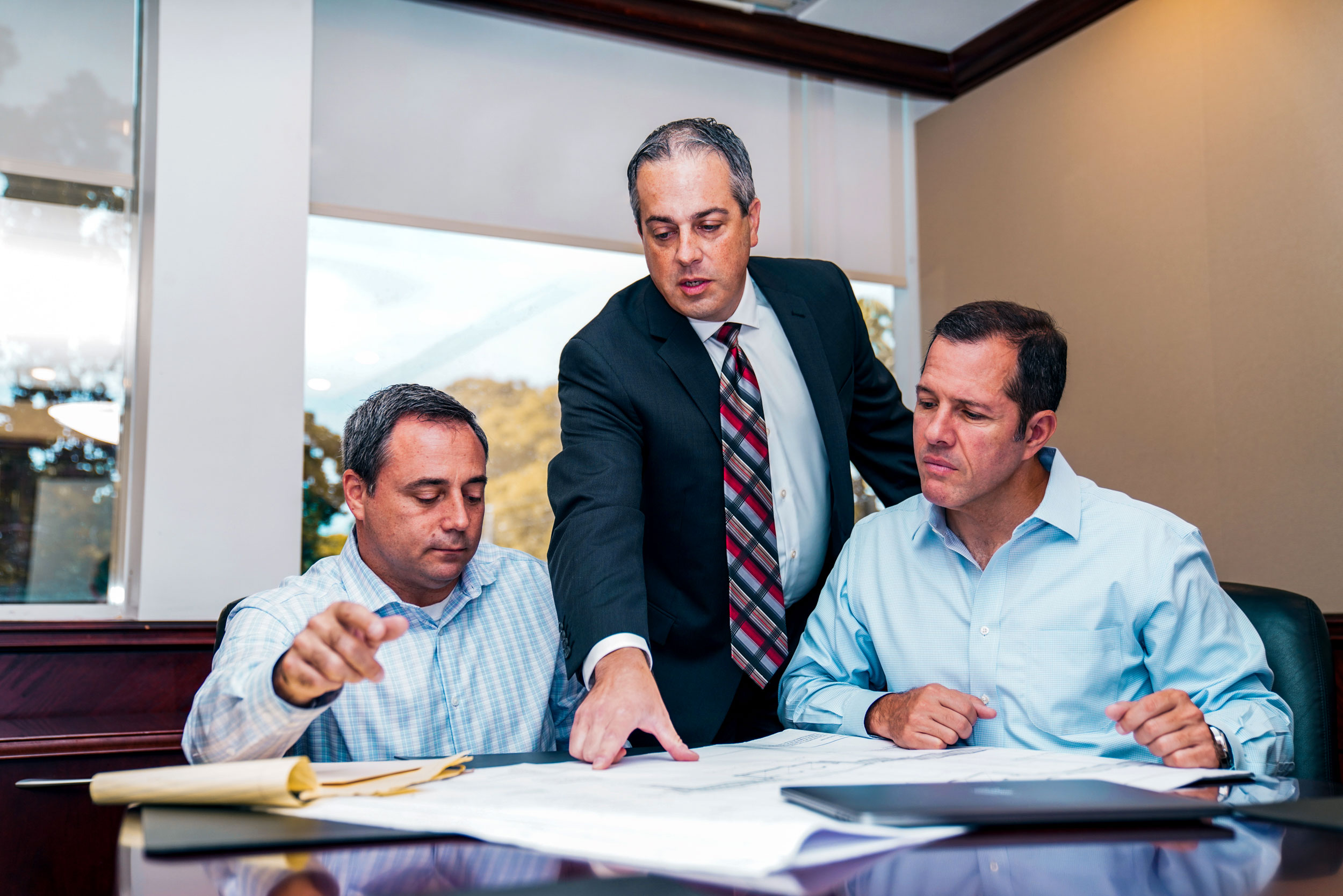
Under Florida’s Construction Lien Law, it is essential for most subcontractors and material providers, except those who have a direct contract with the Owner, to serve a Notice to Owner in order to perfect their construction lien rights on a project. These “non-privity” lienors must take additional steps to notify the Owner of their involvement in the project. This is done by serving the Owner and General Contractor with a “Notice to Owner”. The Construction Lien Law Section 713.06(2)(c) provides the proper form.
Most importantly, a Notice to Owner must be served timely or all lien rights will be lost. A Notice to Owner is generally considered to be timely when it is served (a) before commencing to supply services or materials, or (b) after commencing to supply service or materials, but before one of the following events occurs: (i) 45 days elapse from the first furnishing of services or materials, or (ii) the general contractor presents the Owner with a final affidavit and the Owner makes final payment. When specially fabricated materials are involved, the time period to serve the Notice to Owner begins to run from the date the fabrication of the materials commences – not first delivery.
The Notice to Owner is required to be served at a time when, generally, a subcontractor or material supplier does not know or expect that a lien could become necessary or desired. Therefore, it is always best for a subcontractor or material provider who does not have a contract with the Owner to serve a Notice to Owner on the Owner and general contractor of the project in a timely fashion in order to preserve future lien rights on a project. The Notice to Owner, by itself, does not act as a lien. It is merely the first, but a critical step in the lien process for most subcontractors and material providers.
There are a few exceptions when a Notice to Owner is not required. However these circumstances occur infrequently and need to be evaluated on a case-by-case basis. The best practice is for a subcontractor or material provider to always serve a Notice to Owner when they do not have a direct contract with the Owner.
A failure to timely act under Florida’s Construction Lien Law will result in a waiver of lien rights. You’ll severely lose leverage later and this one mistake can easily prevent a subcontractor or material supplier from getting paid. Knowledge of these laws is critical, and every circumstance is different, so be sure to consult with an attorney who is familiar with Florida’s Construction Lien Law.

